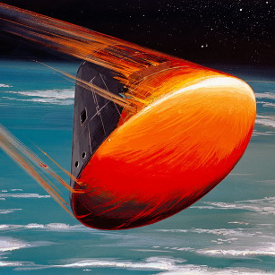
Before the invention of the telescope, astronomers relied on a variety of tools and techniques to observe and study the celestial objects and phenomena. The simplest and the most ancient method was unaided observation with the naked eye. However, early astronomers extended their observational capabilities through a variety of instruments like the astrolabe, quadrant, sextant, and armillary sphere. One of the last major astronomers who harnessed these tools to achieve remarkably precise astronomical observations was Danish astronomer Tycho Brahe.
Tycho Brahe was arguably the greatest observational astronomer to live before telescopes were invented. Brahe was known for his meticulous and precise observations of celestial objects and events. He collected extensive data on the positions and motions of planets and stars, far more accurate than any observations made before him. Brahe compiled the first comprehensive and accurate star catalog, containing the positions of over 1,000 stars. This catalog served as a reference for later astronomers and contributed to the improvement of navigation and celestial mapping. In 1572, Brahe observed a supernova in the constellation Cassiopeia. This event challenged the prevailing Aristotelian view that the heavens were unchangeable and showed that celestial objects could change over time. Tycho Brahe’s most lasting contribution was his collaboration with the German mathematician and astronomer Johannes Kepler. After Brahe’s death, Kepler used his precise observational data to formulate his famous three laws of planetary motion. These laws became the foundation for Isaac Newton’s law of universal gravitation.
To reward Brahe for his service, in 1576, King Frederick II of Denmark offered the astronomer the small island of Hven in the Öresund strait as a place to conduct his studies into astronomy and chemistry. Using his independence and financial security, Brahe established an observatory called Uraniborg on the island. It was the first time that a building was erected in Europe, especially for the purpose of astronomical observations. It was also one of the last observatories built before the development of the telescope.
Read more at: Uraniborg: An Observatory Without a Telescope











Recent Comments